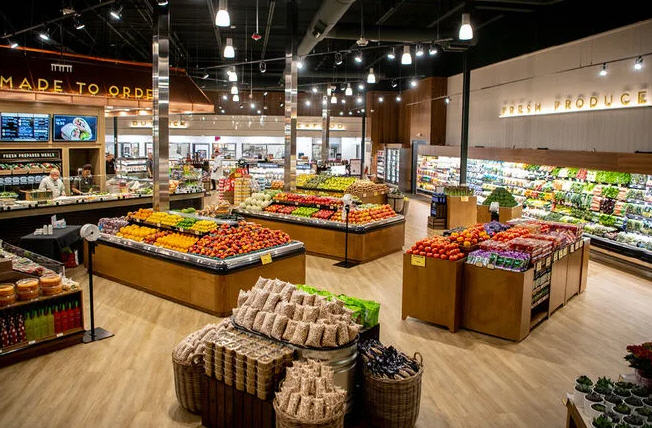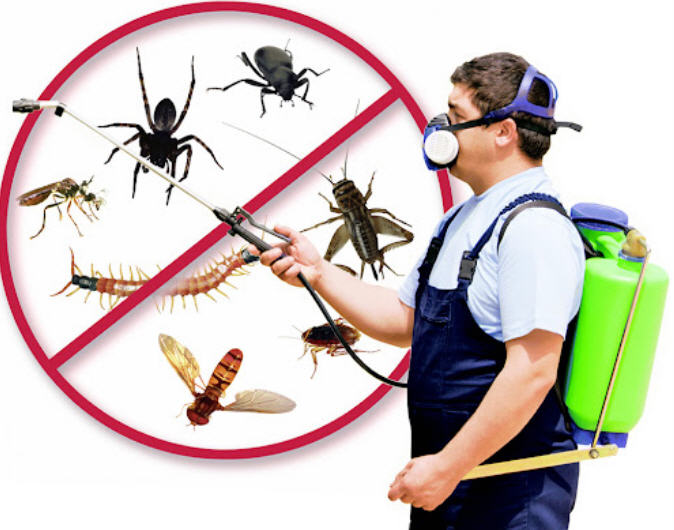
Key Performance Indicator (KPI) for Retail Store and Super Market
To name a few:
Sales and Revenue KPIs
- Total Sales (Revenue): Total sales generated in a specific period (daily, weekly, etc.). This is your top-line sales metric.
- Sales Growth: Increase or decrease in sales compared to previous periods. Tracks overall business performance.
- Average Transaction Value (ATV): Average amount spent per customer transaction. Increasing ATV drives more revenue.
- Sales per Square Foot: Revenue generated per square foot of retail space. Helps assess sales floor efficiency.
- Sales by Product Category: Track sales for different categories (produce, groceries, household, etc.). Helps optimize inventory and promotions.
Customer-Focused KPIs
- Foot Traffic: Number of customers entering the store. Shows the potential customer reach.
- Conversion Rate: Percentage of visitors who make a purchase. Higher conversion means better sales techniques and product selection.
- Customer Satisfaction Surveys (CSAT): Measure satisfaction with store layout, product variety, prices, staff service, checkout experience, etc.
- Net Promoter Score (NPS): Tracks the likelihood of a customer recommending your store. Indicates customer loyalty.
- Repeat Customers: Percentage of customers who return for subsequent purchases. Builds a loyal customer base and repeat sales.
Inventory KPIs
- Inventory Turnover Ratio: How frequently inventory is sold and replenished. High turnover often indicates healthy demand and efficient management.
- Sell-Through Rate: Percentage of inventory sold within a specific period. Helps identify slow-moving vs. fast-moving items.
- Shrinkage: Loss of inventory due to theft, damage, or errors. A low shrinkage rate is desirable.
- Days Inventory Outstanding (DIO): Average number of days inventory is held before being sold. Shorter DIO indicates better cash flow.
- Stockouts: When a customer wants to buy an item but it’s out of stock. This leads to lost sales and frustration.
Financial KPIs
- Gross Profit Margin: Percentage of revenue remaining after the direct cost of goods sold (COGS) is accounted for.
- Net Profit Margin: Percentage of revenue remaining after all expenses are accounted for. Measures overall profitability.
- Operating Expenses as a Percentage of Sales: Helps control costs and maximize profitability.
Operational KPIs
- Basket Size: Average number of items purchased per customer transaction.
- Checkout Wait Time: Average time customers spend waiting in line. Minimizing wait times improves the customer experience.
- Staff Productivity: Track sales per employee or labor hours per transaction to help optimize staffing levels and scheduling.
Additional Considerations
- Promotional Effectiveness: Analyze sales lift from promotions and discounts. Helps optimize your marketing efforts.
- Seasonality: Track how sales fluctuate throughout the year due to holidays, events, or seasonal goods. Plan accordingly!

